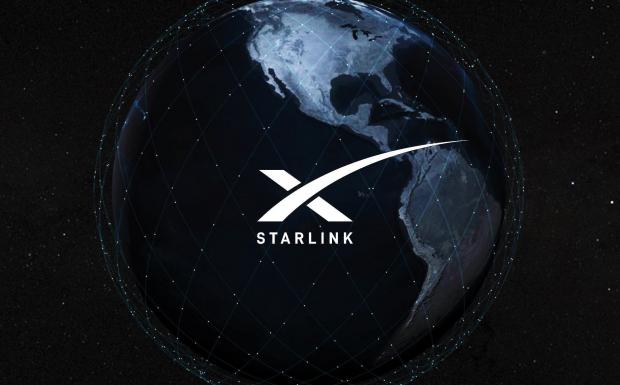
Breaking News
 Chicago Public Schools Blew $23.6 Million on Luxury Trips. The Full Story Is Far Worse.
Chicago Public Schools Blew $23.6 Million on Luxury Trips. The Full Story Is Far Worse.
 Samsung Just Dropped A "Silver Bomb" . . . Their New "Solid State" Battery Tech
Samsung Just Dropped A "Silver Bomb" . . . Their New "Solid State" Battery Tech
 BREAKING: ACTIVE SHOOTER at Brown University - Two People Dead - 8 Critically Injured
BREAKING: ACTIVE SHOOTER at Brown University - Two People Dead - 8 Critically Injured
 Argentina Moves to Let Banks Offer Bitcoin and Crypto Services
Argentina Moves to Let Banks Offer Bitcoin and Crypto Services
Top Tech News
 This tiny dev board is packed with features for ambitious makers
This tiny dev board is packed with features for ambitious makers
 Scientists Discover Gel to Regrow Tooth Enamel
Scientists Discover Gel to Regrow Tooth Enamel
 Vitamin C and Dandelion Root Killing Cancer Cells -- as Former CDC Director Calls for COVID-19...
Vitamin C and Dandelion Root Killing Cancer Cells -- as Former CDC Director Calls for COVID-19...
 Galactic Brain: US firm plans space-based data centers, power grid to challenge China
Galactic Brain: US firm plans space-based data centers, power grid to challenge China
 A microbial cleanup for glyphosate just earned a patent. Here's why that matters
A microbial cleanup for glyphosate just earned a patent. Here's why that matters
 Japan Breaks Internet Speed Record with 5 Million Times Faster Data Transfer
Japan Breaks Internet Speed Record with 5 Million Times Faster Data Transfer
 Advanced Propulsion Resources Part 1 of 2
Advanced Propulsion Resources Part 1 of 2
 PulsarFusion a forward-thinking UK aerospace company, is pushing the boundaries of space travel...
PulsarFusion a forward-thinking UK aerospace company, is pushing the boundaries of space travel...
 Dinky little laser box throws big-screen entertainment from inches away
Dinky little laser box throws big-screen entertainment from inches away
 'World's first' sodium-ion flashlight shines bright even at -40 ºF
'World's first' sodium-ion flashlight shines bright even at -40 ºF
Elon Musk: SpaceX will double Starlink's satellite internet speeds in 2021

SpaceX CEO Elon Musk said on Twitter Monday that his company's satellite internet service, Starlink, will offer speeds close to 300 Mbps later in 2021. That's roughly twice as fast as currently advertised, and would represent a significant step forward for the service as it seeks to deliver high-speed internet to underserved regions across the globe.
The tweet came in reply to a customer posting their at-home speed test results with a newly installed Starlink connection.
Latency, a measure of how long it takes your internet signal to travel to space and back, will also drop to around 20ms this year, Musk added. That would be a validation of the company's strategy of launching its satellites into low-Earth orbit, which reduces the distance that those signals need to travel. That strategy has also raised red flags with astronomers worried about obstructions to night sky visibility, which is something SpaceX has been working to address with updates to its satellite design.
Musk went on to reply to another user who asked for a coverage map, telling them that Starlink will cover "most of Earth by end of year, all by next year." From there, Musk said, it's all about "densifying coverage," though he noted that the satellite internet coverage is best suited for regions with low to medium population density.
Starlink now boasts over 10,000 customers, and comprises a growing network (or "constellation") of over 1,200 low-Earth orbit satellites capable of providing an internet signal to homes equipped with a receiver dish. The $99-per-month service, which also charges $500 as the initial equipment cost, is accepting preorders for customers in parts of Canada, the UK and the northwest US between latitudes 45 and 53 degrees North, as well as other select locations.
The scope of that coverage is expected to grow as SpaceX continues launching additional satellites into orbit -- ultimately, as many as 30,000 of them.



